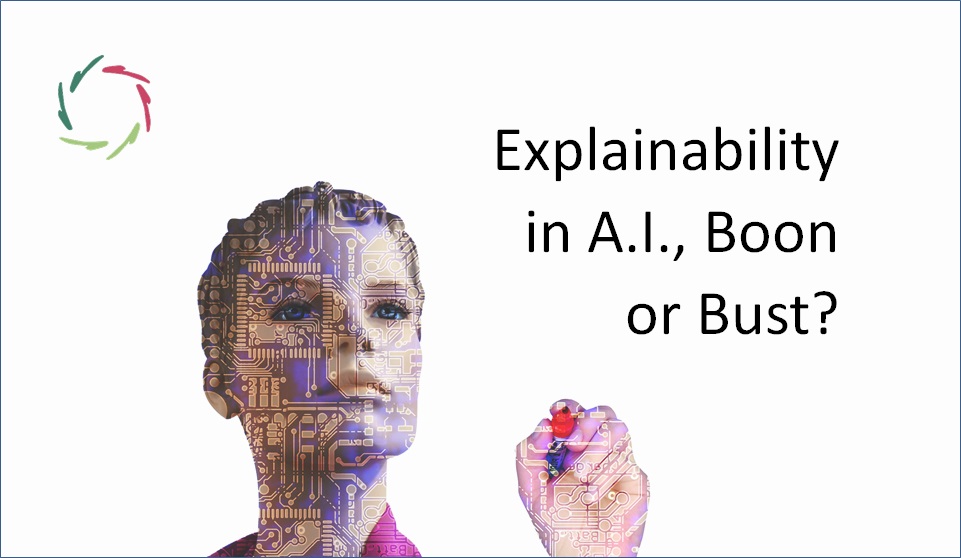Lisa as a Pattern Recognizer

Patterns and deeper patterns. Listening to many users, Lisa will recognize the patterns with which people need to work on themselves for a better, healthier and more profound life with less avoidable suffering.
Recognizing patterns?
Lisa is a Compassion-based, A.I.-driven coaching chat-bot. [see: “Lisa“] Lisa guides people Compassionately through recognizing patterns and ‘deeper patterns.’ The latter are more distributed (in brain and mind) and behave in parallel ways. Lisa acts upon these in the sense that she guides users towards recognizing these patterns spontaneously as they are best fit. The goal of this is also Compassionate: diminishing suffering and enhancing growth. [see: “Two-Sided Compassion“]
Patterns can be straightforward, conceptual, and superficial. The latter is not meant as a denigration. If there is depth, then its superficial layers are part of this depth itself. If you take the superficial layers out, you have less depth. Contrary to this, if there is a superficial layer without depth involved, then there is only, well, superficiality.
Compassion in this
Compassion doesn’t stop with mere superficiality. Intrinsic to Compassion is caring and daring to go deeper. No coercion, of course, but invitation, suggestion. With an emphasis upon doing it oneself and being responsible for oneself, this becomes auto-suggestion.
Inter-humanly, this is about seeing the deeper layers of another human being. Listening with a capital ‘L’. After this, it’s also about showing that one has been able to Listen. The other person feels heard. Deeper patterns respond and can start to move towards more integration ‘from inside out.’ This diminishes dissociation and much suffering.
This looks simple, but it isn’t, of course.
It’s complex. [see: “Complex is not Complicated“]
Compassion can only thrive in complexity from both sides: the giver and the taker. The patterns at play are themselves complex. This cannot be otherwise. Two simple mechanisms cannot have Compassion for each other.
The patterns that Lisa recognizes are also complex. She does so in a direct way, using her internal complexity. This will grow very much in the future. As a second way – and more so at the start or in a new domain – Lisa can guide the user in auto-Compassion. The user then recognizes his own internal deeper patterns.
An optimal result for the user will always be accomplished through an interplay between these two modes.
No underlying theoretical model
Note that for this pattern recognition, Lisa doesn’t need to build further upon theoretical models. Instead of this, the building is upon reality itself as directly encountered in users.
The acquaintance – of the user – with some theoretical model can thus be captured as a pattern. This is OK. Different users with different backgrounds will lead to different results. Recognizing this, Lisa will eventually be able to bring it to bear. Using a theoretical model from the start may enter bias that takes longer to surpass.
No superficial categorization
Categorization is a crucial topic in the present-day world of A.I. In a broad sense, this is obvious. One can see everything that is somehow intelligent as a process of categorization. One can see categorization as the recognition of patterns. [see: “A.I. Is in the Patterns“]
Quite a danger in A.I. lies in the superficiality that it can quickly bring to many through putting them into simple categories. This way, A.I. can be an instrument towards heightening superficiality and inner dissociation. [see: “A.I., HR, Danger Ahead“] As a matter of fact, this is not Lisa’s way, as a basic choice.
That is why Lisa’s description starts with ‘Compassion-based.’
Deep pattern recognition.
This may be the most fundamental choice ever.


